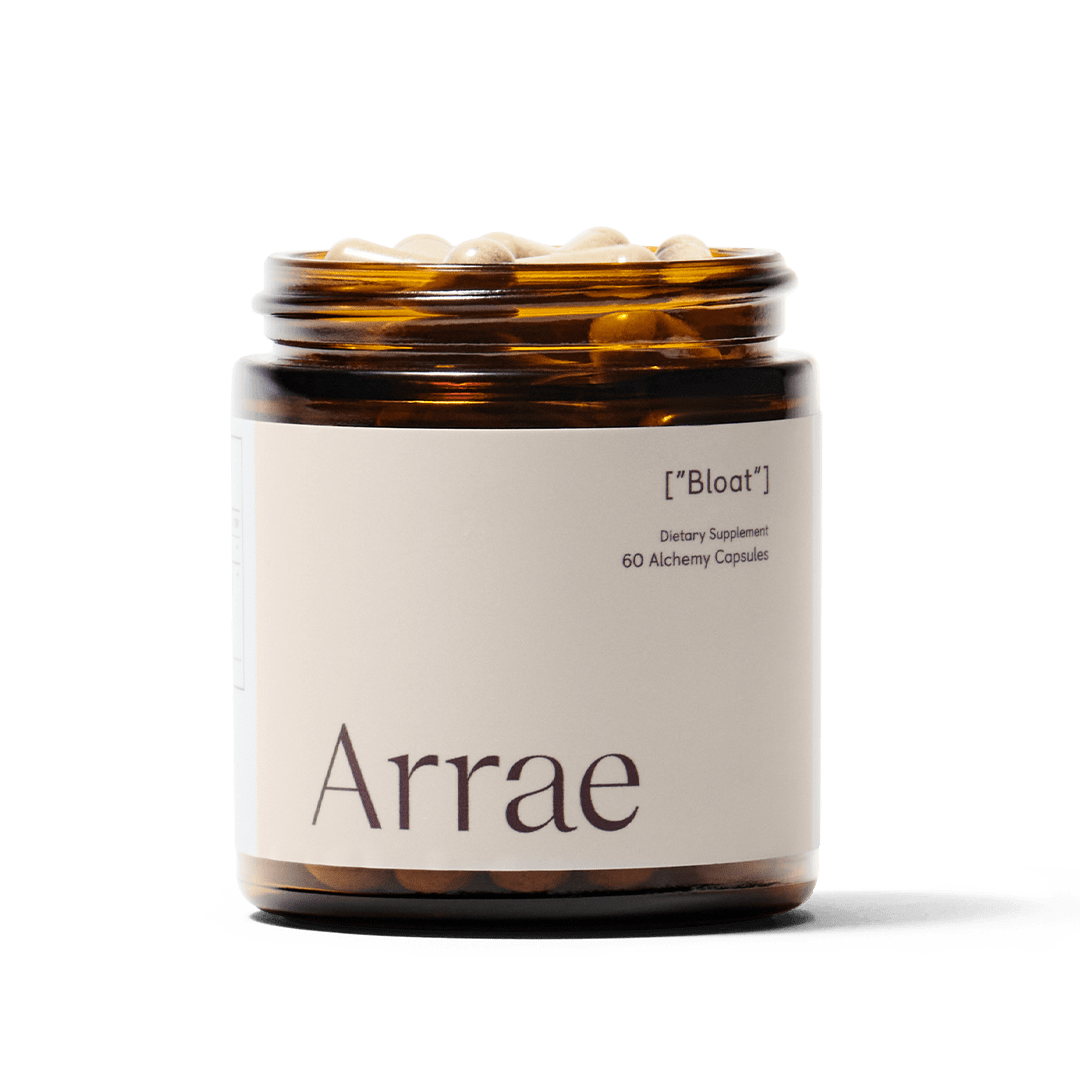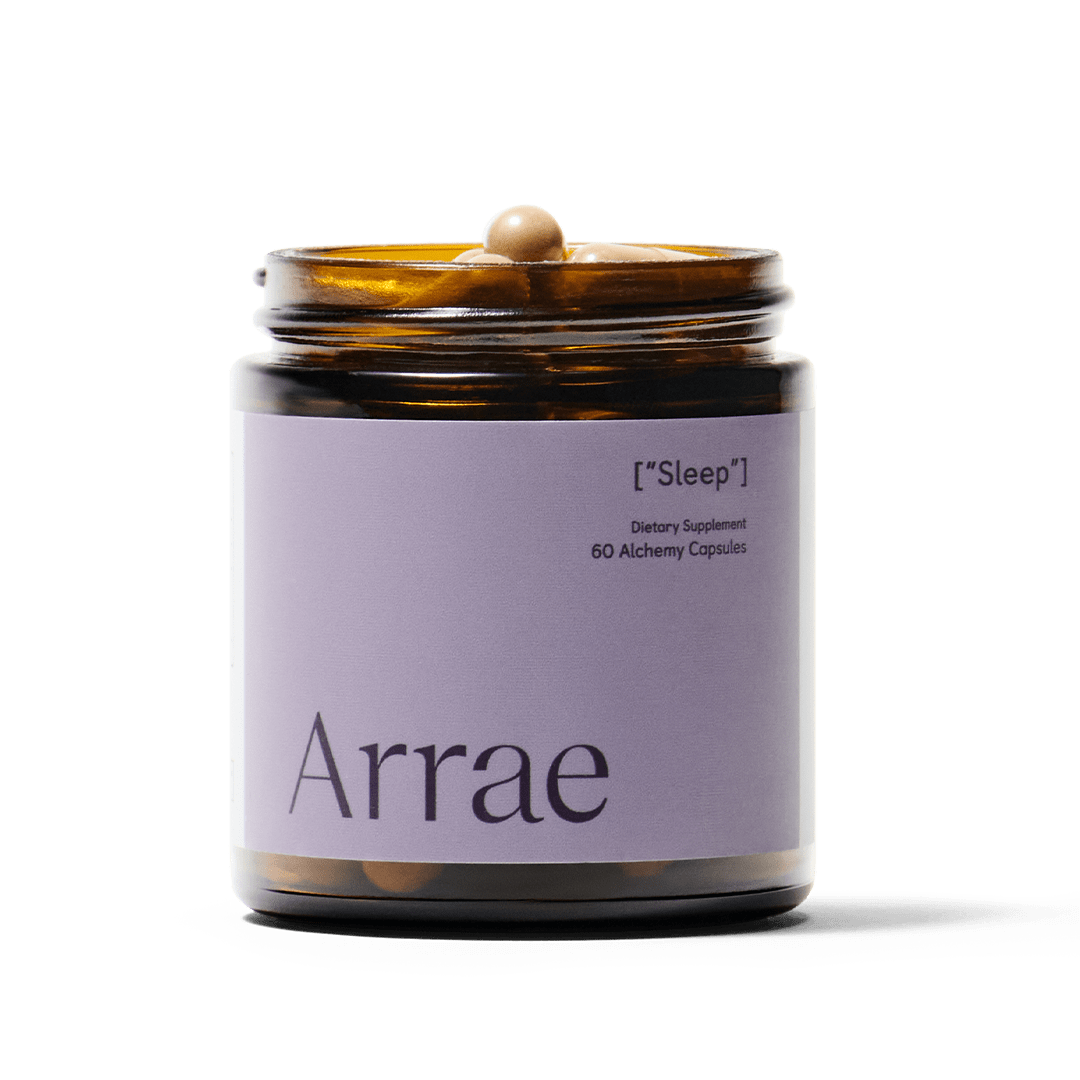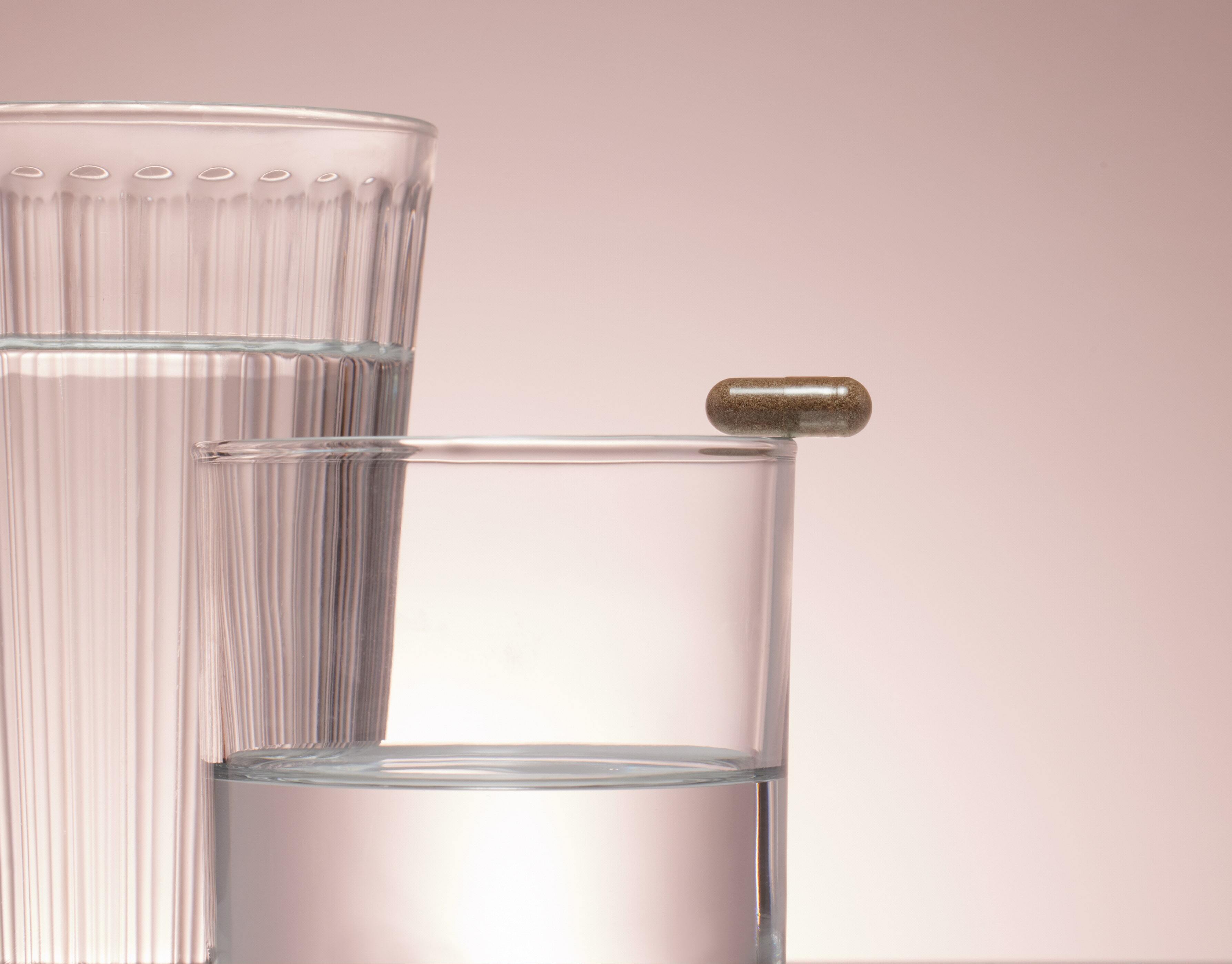
As temperatures drop, snowfall comes regularly, and the days get shorter and shorter, it’s not unusual for people to develop “SAD”: seasonally affective depression. It’s estimated that 10-20% of Americans get mild SAD with the changing seasons, especially those living in colder, more Northern places. With so many of us working from home and spending time indoors, the idea of getting in 10,000 steps seems dreary when the windchill is at -10º. Sound familiar? We feel it, too. While we know that going outside does wonders for our mental health, cozying up on the couch binging Netflix’s latest show sounds just too good to pass up. But, not getting enough fresh air can wreak havoc on our wellbeing, particularly our mental and emotional health and even on our immune system.
For many, though, the winter blues are real, and symptoms develop as a result of seasonal depressive disorder. SAD is a type of depression that usually gets worse during fall or winter, due to the decrease of sun exposure, lack of willingness to go outside, and spending every waking moment inside. Common symptoms include fatigue, insomnia, decreased interest in socializing or making plans, and an overall feeling of dread. The winter is also flu-season, and given the pandemic that still affects all of our day-to-day lives, it’s expected that the winter blues would hit even harder this year. Keep reading on to say bye-bye to SAD and instead boost both your mood and immune health. Even better, these tips can be done inside your home, but will actually make you more eager to go outside. Start by caring for your mind and continuing making your way through the cold, winter days.
Clean and Organize: Start your spring cleaning early by creating a brighter, uncluttered environment that can help put your mind at ease. The saying, “Clear space, clear mind” is true; Looking and living in an organized space will help lessen distractions and allow your mind to relax. Psychologist Melva Green says that reducing clutter and getting rid of items you never use and instead replacing them with pieces that elicit joy in plain sight are simple ways to improve your mood. Buy yourself flowers, light your favorite candle, and tackle the pile of clothes that you’ve thrown on that one chair. Furthermore, focus on letting in natural light, which has been shown to decrease depressive symptoms. Moving your bed near a window and opening your blinds first thing in the morning are two ways to immediately feel better in the mornings. Allowing breathing room throughout your space can curate a tranquil environment and ease any feelings of anxiety or worry.
Pay Attention to Your Senses: Light and smell have been found to play major roles in our emotions, especially when it comes to seasonal depression. The shorter days throw off our circadian rhythm, which is responsible for regulating our sleep, appetite, and hormonal levels. Levels of Vitamin D, which we get from being outside in the sun, are normally low during this time of year. To combat this, purchase a lightbox or light therapy lamp, which works to mimic the rays of sunshine outdoors. Experts recommend using them in the morning for 20-30 minutes, placing them 16 to 24 inches away from your face. In fact, onestudy found that 30 minutes of bright, non-UV, sun-like light improved SAD as well as Prozac, an antidepressant medication. For an extra bonus, turn on a meditation or practice gratitude when sitting in front of the light. Allow your body to feel warm, absorbing all of the light, and setting your mind up in a positive way for the rest of the day. Research has also found that soothing scents, such as orange, eucalyptus, and lemon can also help make us feel happy. Simply use a diffuser or put a few drops of these essential oils in your next bubble bath to make your home feel like a luxurious spa.
Incorporate More Movement: Exercise is great for boosting our feel-good hormones and according to a scientific review of more than 40 studies, a combination of of aerobic exercise and strength training works best at improving mood. While any movement is good movement, if you’re short on time, opt for high-intensity interval training, including movements with light weights, to get the biggest boost in the shortest amount of time. The winter is usually accompanied by that 4pm slump which comes with the 4pm sunset. Exercise increases energy levels, helping us to not want to lay down in bed as soon as the sun goes down. To spice things up, try a new workout class, incorporate yoga into your routine, or try and take a walk outside (no matter how short!). Remember that any movement, no matter how minimal, that makes you feel good is better than no movement at all.
Switch Up Your Diet: While it’s tempting to order every meal in, try a new approach to choosing foods that nourish your body, elevating mood and strengthening your immune system.
- Greek Yogurt: Yogurt is full of probiotics, the healthy bacteria that live in our gut. It also packs a protein punch, making you feel fuller, longer. Opt for a yogurt bowl for breakfast, or as an afternoon snack.
- Nuts: Nuts are full of protein, healthy fats, and other nutrients that can aid in appetite and mood. Add nuts to any dish or have a handful as a snack.
- Dark Leafy Greens: Vegetables such as collard greens, spinach, and kale are seasonally available and have been shown to alleviate SAD symptoms.
- Fatty Fish: Go for fish, such as salmon, for a source of omega-3 fatty acids, which have been shown to improve mood.
- Dark Chocolate: Chocolate tastes good, and can actually be good for you! Chocolate with 70% cocoa release endorphins that make us feel good.
Try Warming Socks: With many of us being more conscious about our health, warming socks are a natural remedy that Arrae’s own naturopathic doctor, Dr. Kelcie Harris, recommends, which support the immune system while also easing the nervous system. The use of warm and cold water constricts and opens the blood vessels to pump fresh blood, carrying oxygen, immune cells and nutrients, through the body.
Gather the following items:
- 1 pair of 100% cotton socks
- 1 pair of wool socks
- Start with warm feet. If the feet are cold, start with a warm foot bath to warm up the feet.
- Run the cotton socks under cold tap water and wring them out well.
- Put the cold, wet cotton socks on the warm feet.
- Cover the cotton socks with the dry wool socks.
-
Either go right to bed or simply rest and wear them until they are dry, ideally
while resting. You may wake up and notice the socks are dry in the middle of the night (that’s the magic part!) at which point you can take them off.
So, there you have it: keep calm with our ultimate guide to beating the winter blues. And remember, warmer temperatures and longer days are not actually that far away.
Disclaimer: This blog post is purely informational and does not imply any evaluation by the Food and Drug Administration. This blog post is not intended to diagnose, treat, cure, or prevent diseases, nor should it substitute for advice from a healthcare professional.
References:
O’Connor, Patrick & Herring, Matthew & Adrian, Amanda. (2010). Mental Health Benefits of Strength Training in Adults. American Journal of Lifestyle Medicine. 4. 377-396. 10.1177/1559827610368771.
Ruhrmann S, Kasper S, Hawellek B, Martinez B, Höflich G, Nickelsen T, Möller HJ. Effects of fluoxetine versus bright light in the treatment of seasonal affective disorder. Psychol Med. 1998 Jul;28(4):923-33. doi: 10.1017/s0033291798006813. PMID: 9723147.
Williams, Mariette. “Easy Home Hacks to Help You Fight Sad and Kick the Winter Blues.”The Washington Post, WP Company, 30 Nov. 2021, https://www.washingtonpost.com/lifestyle/home/home-hacks-fight-sad/2021/11/28/43f3b7c2-43f9-11ec-a88e-2aa4632af69b_story.html.


























